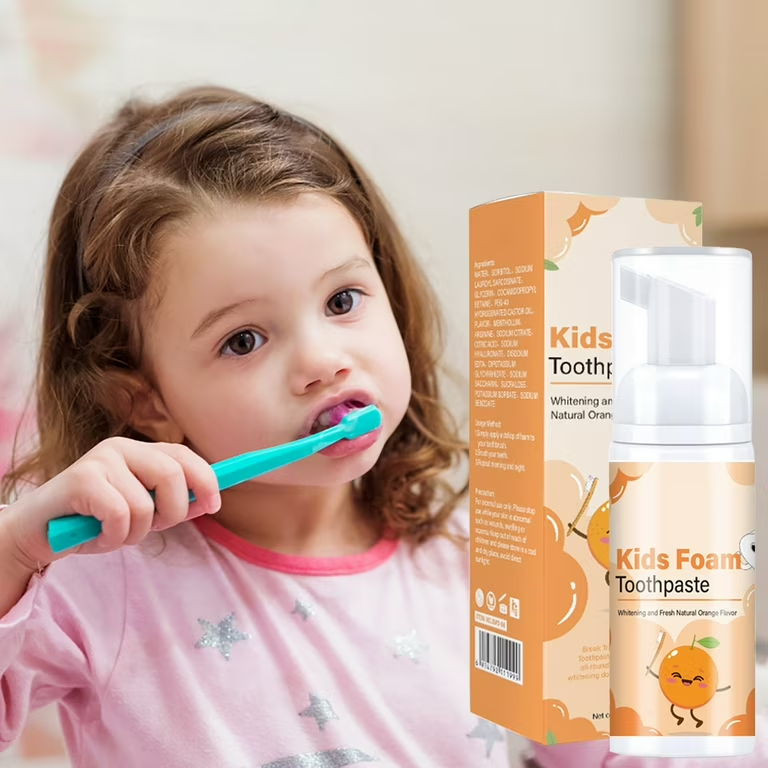
Toothpaste Ingestion: When It’s Harmful and What To Do
What Happens When You Swallow Toothpaste
When you swallow toothpaste, your body reacts to its ingredients. These can cause stomach pain and more serious health issues in large amounts.
Possible Ingredients in Toothpaste and Their Effects
Ingredients like sodium fluoride and triclosan in toothpaste clean your teeth. If swallowed in large amounts, they can be harmful. Symptoms may include stomach issues and serious health effects.
Assessing the Risks of Fluoride Ingestion
Small amounts of fluoride are good for teeth, but too much can be toxic. It’s important to use toothpaste as directed, especially for kids, to avoid health risks from too much fluoride.
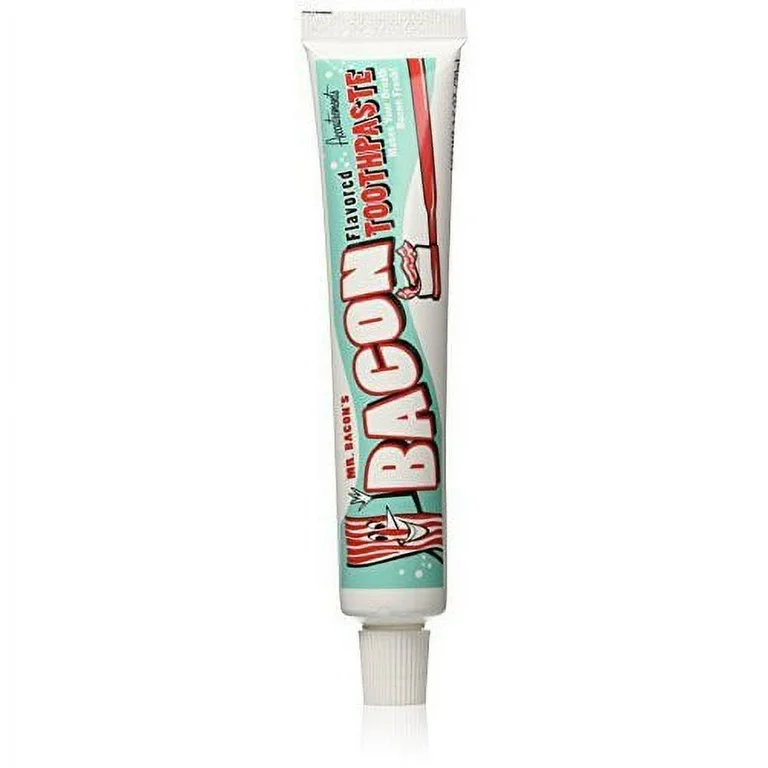
Symptoms of Toothpaste Overdose
When discussing the repercussions of swallowing toothpaste in significant quantities, it is critical to understand the symptoms that may arise. Toothpaste overdose can evoke a range of symptoms, varying in severity, which are dependent on the quantity and composition of the toothpaste ingested.
Immediate Physical Reactions
Immediate physical reactions can include gastrointestinal discomfort, such as stomach pain and potential intestinal blockage, which are common adverse effects. More severe symptoms might manifest when ingesting a toothpaste formulation rich in fluoride, such as convulsions, difficulty breathing, excessive drooling, and a rapid drop in heart rate. Other immediate reactions could involve a salty or soapy taste in the mouth, vomiting, tremors, and general weakness.
Long-Term Health Implications
The long-term health implications of toothpaste overdose should not be overlooked. Consistent ingestion of excessive fluoride from toothpaste may lead to dental fluorosis, particularly in children under eight years old, resulting in white streaks or spots on the teeth. While this condition is primarily cosmetic, it does indicate overexposure to fluoride. In severe cases, skeletal fluorosis may develop, affecting the bones and joints, potentially leading to bone pain and stiffness. Furthermore, neurological issues and thyroid imbalances have been linked to long-term fluoride overexposure, emphasizing the importance of controlling toothpaste consumption, especially in children.
First Aid and Home Care for Toothpaste Ingestion
Proper response and care are crucial following the accidental ingestion of toothpaste. Here’s what you can do at home before seeking professional medical advice.
Steps to Take After Accidental Ingestion
If someone has swallowed toothpaste, remain calm and follow these steps:
- Do not induce vomiting unless directed by a healthcare professional.
- Offer the person water or milk to drink if they are not experiencing symptoms like vomiting or convulsions, and can swallow safely.
- Check the toothpaste packaging for ingredients and fluoride concentration.
- Note the amount of toothpaste ingested and the time of ingestion.
- Keep the individual comfortable and observe for any worsening of symptoms.
Remember, these measures are first aid and not a replacement for professional medical treatment.
When to Seek Medical Help
You should seek medical help in these situations:
- If the individual experiences severe symptoms, such as difficulty breathing, convulsions, or a decreased level of alertness.
- For persistent or worsening symptoms, like prolonged abdominal pain or vomiting.
- If a large amount of toothpaste has been swallowed, particularly with high fluoride content.
- In the case of children, who are more susceptible to fluoride toxicity, even if symptoms are not immediately evident.
Always keep the local poison control center’s number handy for quick reference: 1-800-222-1222.
It’s essential to contact professionals for advice on the necessary steps to ensure safety and well-being after toothpaste ingestion.
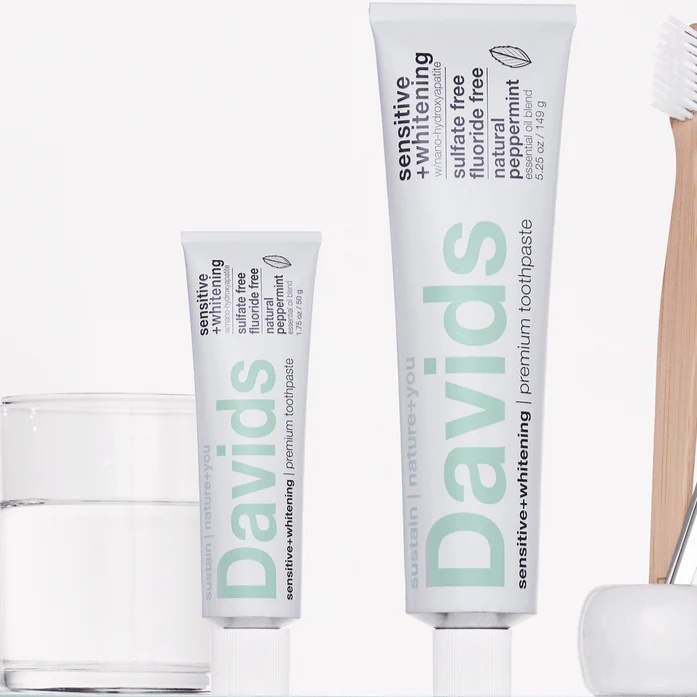
Recommendations for Toothpaste Use with Children
As caring for a child’s dental health is a top priority, understanding how to properly use toothpaste is essential. Parents and caregivers should be aware of the recommended guidelines to ensure both safety and dental hygiene.
Guidelines for Toothpaste Amounts
When it comes to toothpaste use, less is often more for children. The American Dental Association suggests:
- For children under three, use a smear of toothpaste the size of a grain of rice.
- For kids three to six years old, a pea-sized amount of toothpaste is sufficient.
- Encourage kids to spit out toothpaste and not swallow after brushing.
By following these guidelines, you help protect children from ingesting too much fluoride.
Preventing Accidental Ingestion by Children
Accidental swallowing of toothpaste can happen, especially with young kids. To prevent this:
- Supervise children while they brush their teeth.
- Choose toothpastes with flavors that are not too appealing, to discourage eating.
- Keep toothpaste tubes out of children’s reach when not in use.
- Teach children the importance of spitting out toothpaste.
Taking these steps can help minimize the risks associated with children swallowing toothpaste.
Poison Control and Emergency Procedures
Importance of Contacting Poison Control
When toothpaste is swallowed, contacting Poison Control is crucial. They provide immediate guidance and steps to mitigate harm. This service is free and confidential, available 24/7. Always call 1-800-222-1222 if unsure about the effects of swallowing toothpaste.
What to Expect at the Emergency Room
If the swallowed toothpaste contains fluoride and the quantity is large, a hospital visit may be necessary. At the emergency room, doctors monitor vital signs like pulse and breathing. They may administer treatments such as activated charcoal to absorb toxins and provide breathing support if needed. It’s crucial to inform the medical staff about the type and amount of toothpaste ingested.
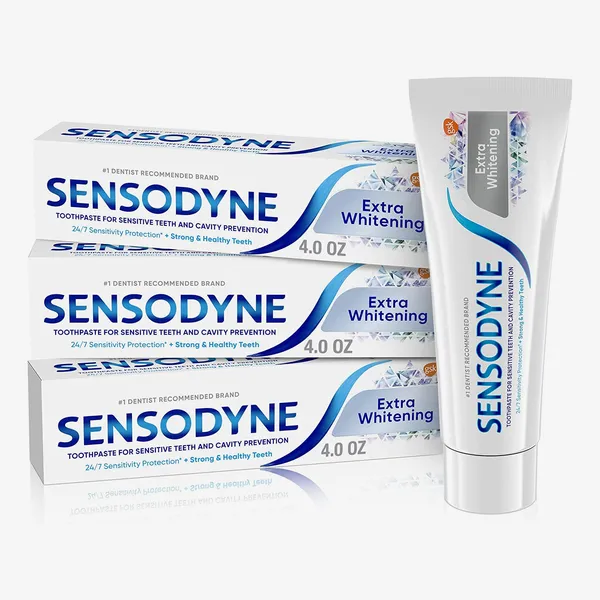
The Controversy Over Fluoride: Pros and Cons
Fluoride in toothpaste raises debates about its benefits and risks. Understanding both sides helps make informed choices.
Dental Benefits of Fluoride
Fluoride strengthens tooth enamel, making it resistant to decay. It aids in rebuilding weakened tooth enamel and slows down the loss of minerals from tooth surfaces. Small amounts of fluoride also inhibit bacteria growth, reducing cavities.
Concerns About Overexposure and Fluorosis
Too much fluoride can cause dental fluorosis in children under eight years old. This condition presents as white streaks or spots on the teeth. Although it’s mainly cosmetic, it indicates excessive fluoride exposure. Skeletal fluorosis is a rarer, more severe condition caused by large fluoride intake over long periods. It leads to changes in bone structure and joint pain.
Excessive fluoride might also impact thyroid function and lead to neurological issues. Careful use of fluoride toothpaste is necessary to avoid these risks.
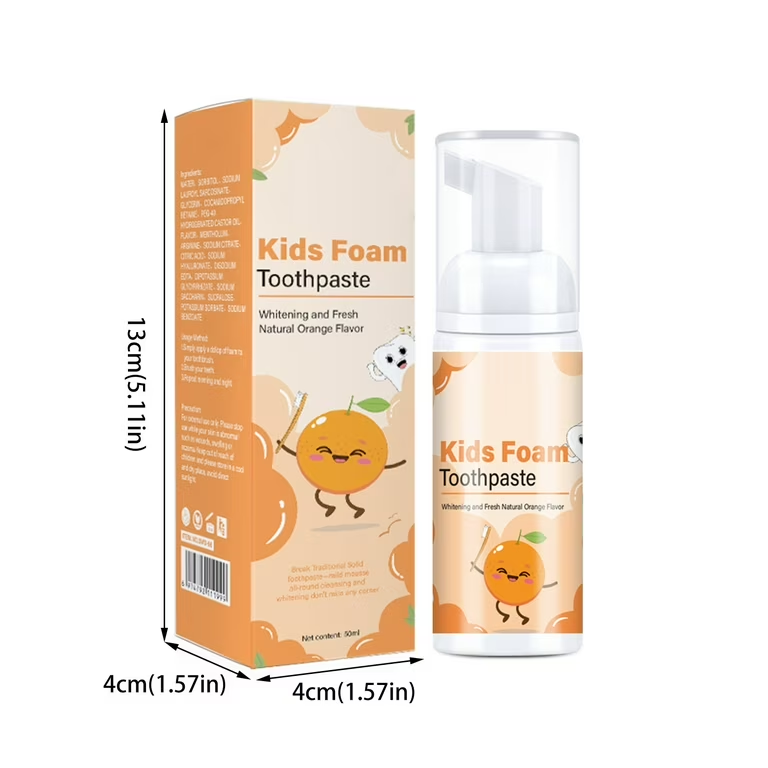
Alternatives to Fluoride Toothpaste
Amidst concerns over fluoride ingestion, exploring alternatives is wise.
Plant-Based and Fluoride-Free Options
There are plant-based and fluoride-free toothpastes on the market. These use ingredients like hydroxyapatite to remineralize teeth. They avoid the risks of fluoride but maintain oral health benefits. Plant-derived substances can provide gentle and effective cleaning.
Ensuring Safety and Effectiveness
When choosing a fluoride-free toothpaste, look for safety and effectiveness. Check for ADA approval or other dental endorsements. Make sure the alternative toothpaste still fights plaque and bacteria. User reviews and dental advice help in making the right choice. It’s important to keep dental hygiene a priority, even with fluoride-free products.
FAQs on Toothpaste and Ingestion
Common Questions and Expert Answers
When discussing toothpaste ingestion, several common questions arise. Here we address these queries with expert insights:
- Is swallowing toothpaste harmful? In small amounts, it’s usually not dangerous. However, ingesting large amounts, especially with fluoride, can lead to health complications.
- What should I do if my child swallows toothpaste? First, don’t panic. Offer them something to drink like water or milk, which can help dilute the fluoride. Monitor their condition and call Poison Control if symptoms appear.
- How much toothpaste is safe to swallow? Generally, swallowing pea-sized amounts occasionally should be harmless. Consistently ingesting larger amounts requires caution.
- Does toothpaste type matter? Yes, fluoride toothpaste poses more risks when swallowed compared to non-fluoridated types due to its chemical composition.
- When should I call an expert? If the person experiences severe discomfort, or you know they ingested a large amount, reaching out to medical professionals or poison control is necessary.
Myths and Facts About Swallowing Toothpaste
Myths and misinformation can often obscure the real risks and safety guides regarding swallowing toothpaste. Here, we debunk common myths and share the facts:
- Myth: Swallowing toothpaste is safe at any quantity. Fact: While small, accidental ingestion is not typically harmful, large quantities or regular ingestion can be unsafe.
- Myth: You should always make someone vomit if they swallow toothpaste. Fact: Inducing vomiting is not recommended unless advised by a health professional.
- Myth: All toothpastes are equally harmful when ingested. Fact: Toothpastes with higher concentrations of fluoride or certain antibacterial agents can pose more significant risks.
- Myth: If you swallow toothpaste, drinking water won’t help. Fact: Drinking water or milk can help dilute the toothpaste, potentially reducing irritation and speeding up elimination from the body.
These clear guidelines and the dispelling of common myths aim to help readers better manage accidental toothpaste ingestion.
